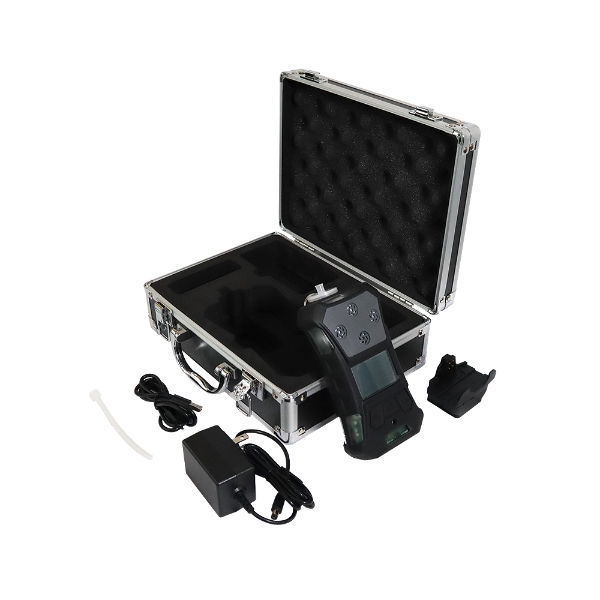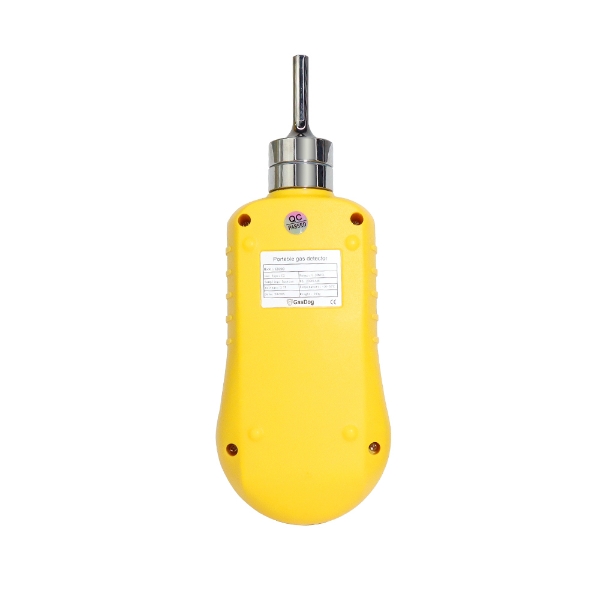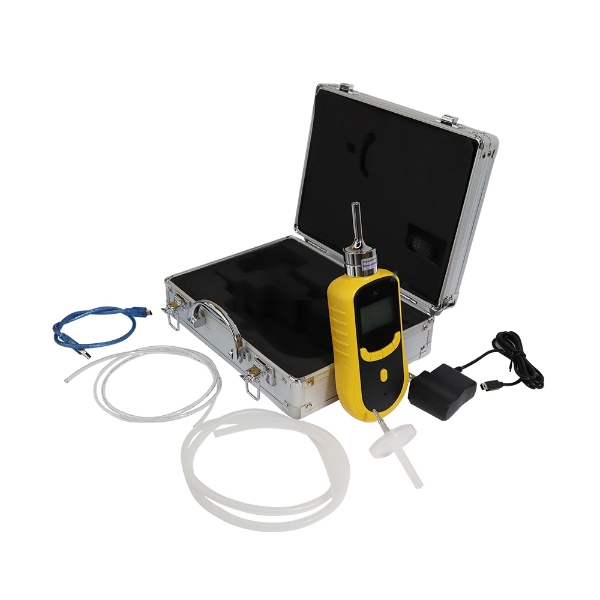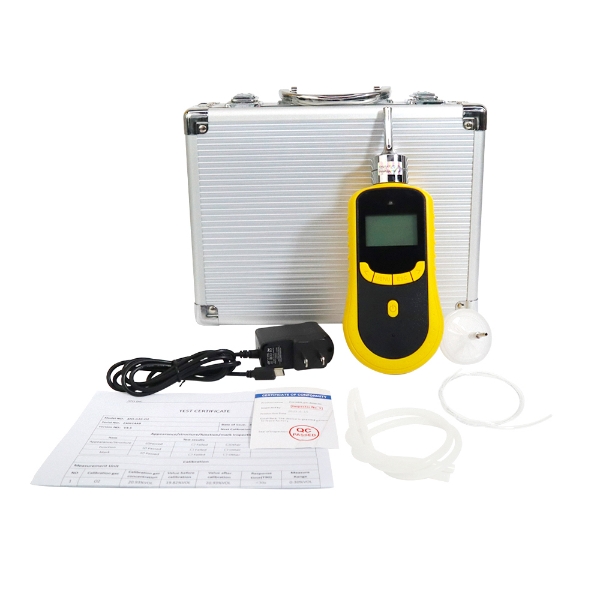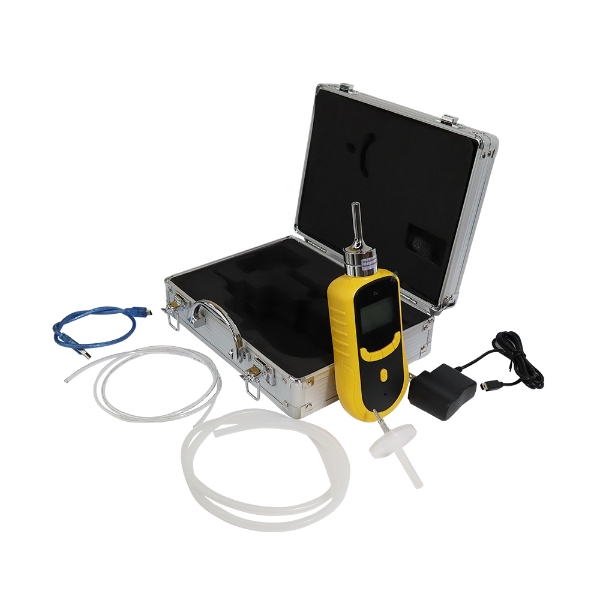-
You have no items in your shopping cart.
- Register
- Log in
- Wishlist
- Shopping cart
WRITE YOUR OWN REVIEW
EXISTING REVIEWS
Operation and Calibration
After powering on, the device performs a quick self-test and has a fast sensor response time. It supports zero and span calibration, and the calibration process is straightforward, making it easy for even first-time users to get started. The menu interface is very user-friendly.
Dorini
|
10/24/2025 3:41 AM
Was this review helpful?
(0/0)




